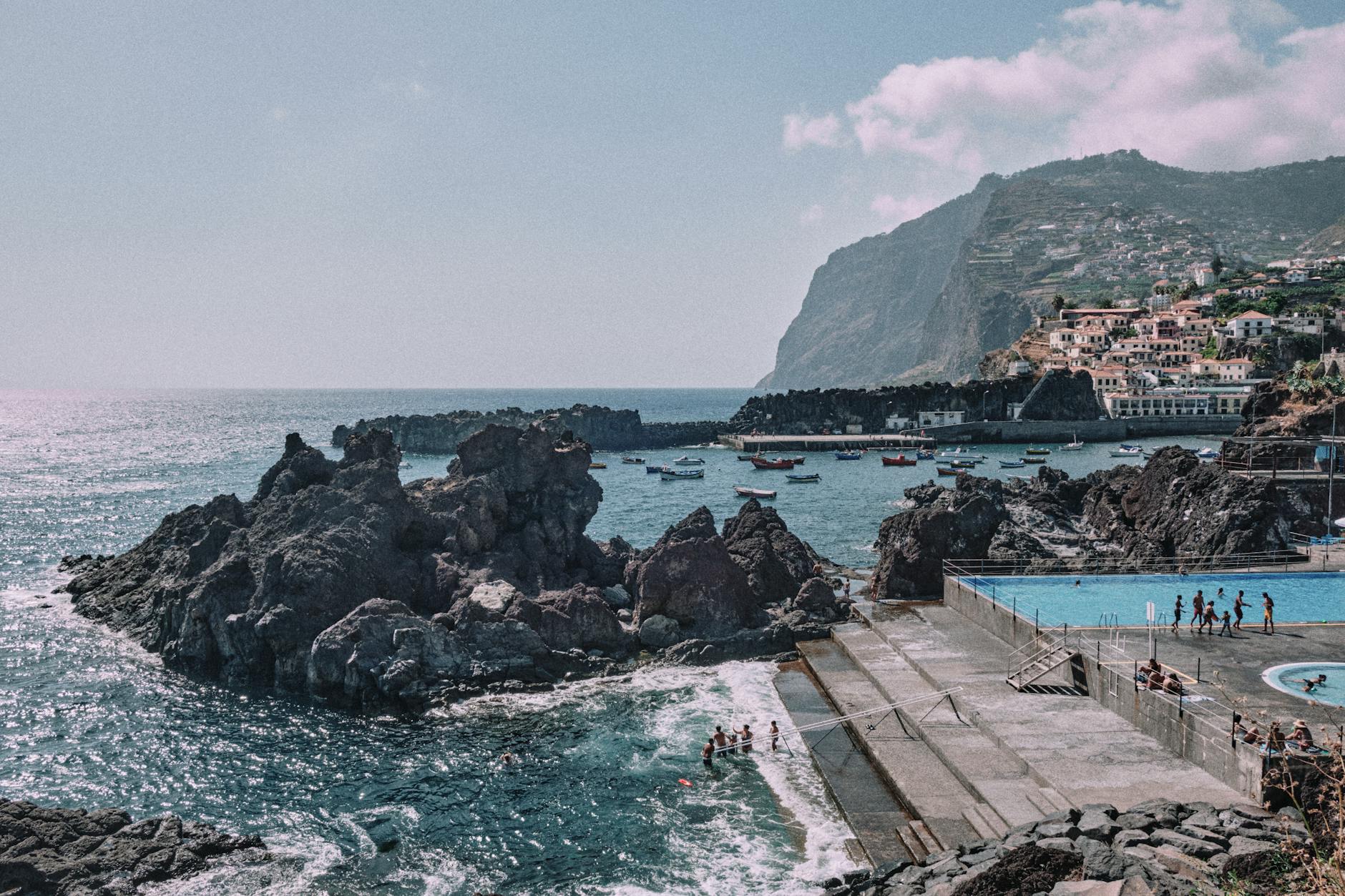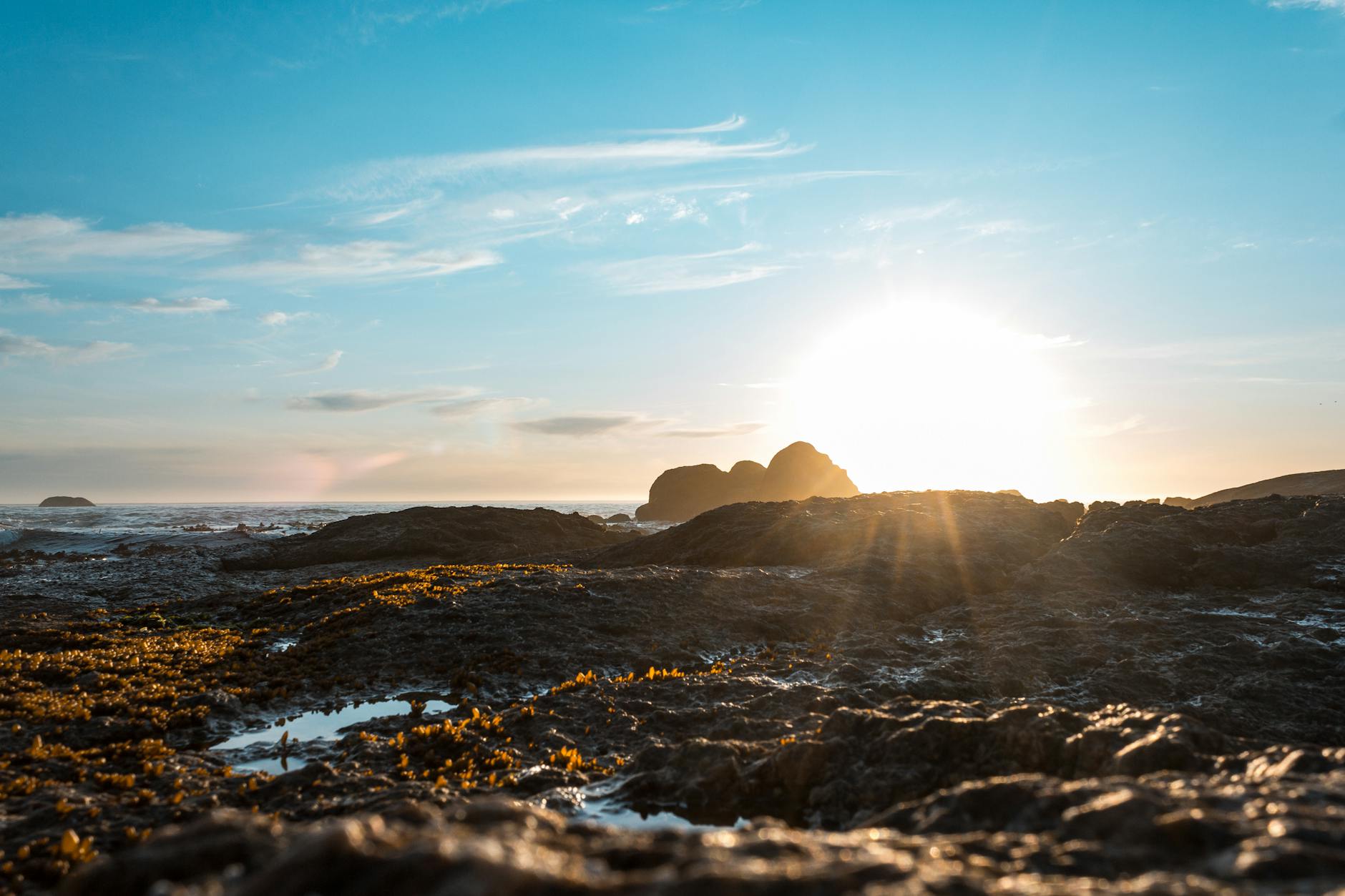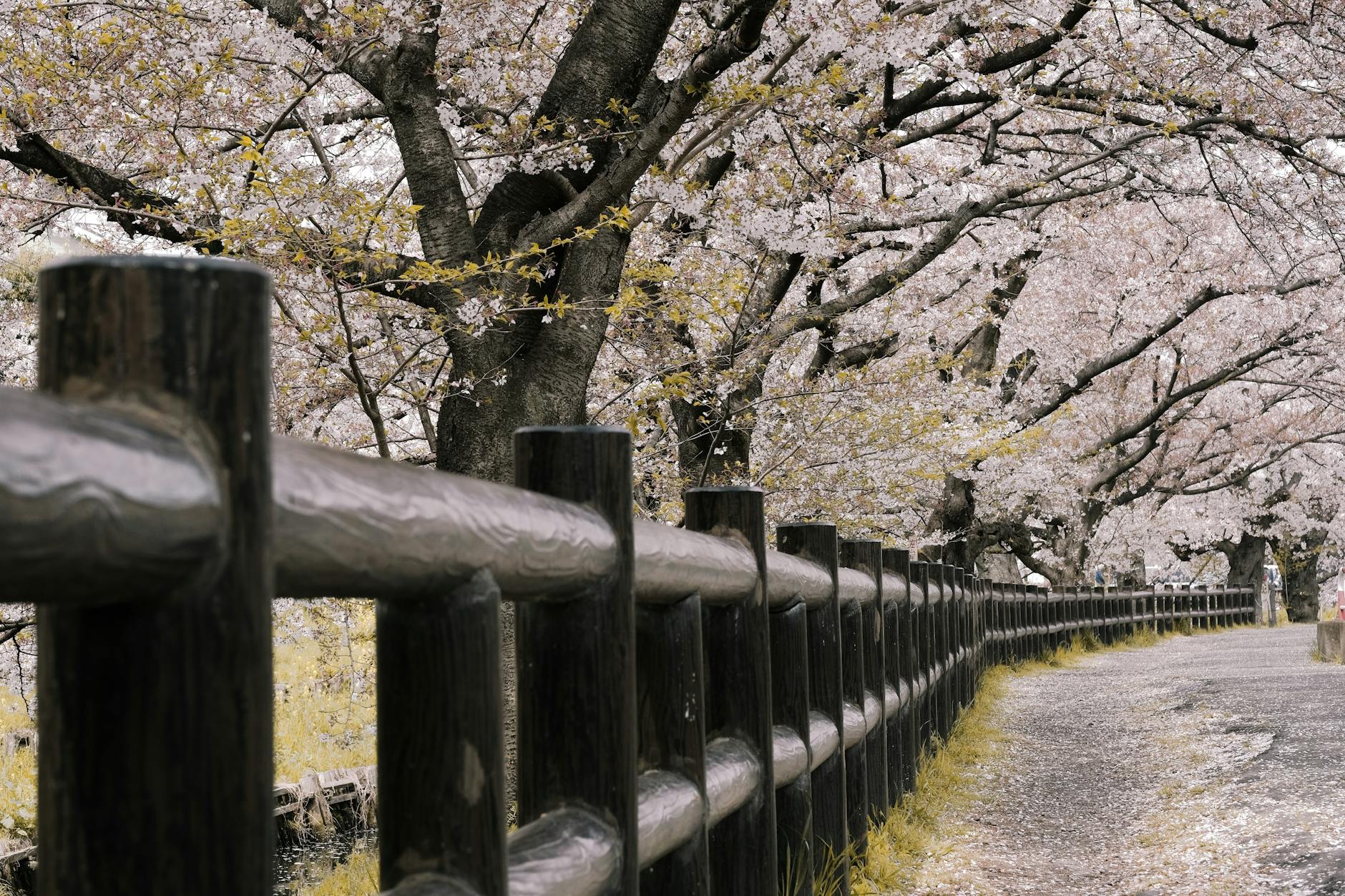How to Connect with Nature on an Australian Adventure

Planning Your Adventure
When embarking on a journey that prioritises eco-friendly exploration, selecting destinations with a strong emphasis on conservation is essential. As a dedicated conservationist from Fremantle, I've often sifted through options that balance my passion for nature with a commitment to low-impact travel. A prime example of such destinations are Galapagos Islands tours. These tours focus on sustainability and offer an enriching experience, where travellers can observe unique biodiversity while supporting local conservation efforts.
Sustainable travel methods are another pivotal element. Opting for transport options that mitigate environmental footprints, from electric public vehicles to eco-certified airlines, makes a significant difference. Most of my recent travels have involved choosing cruises like the Galapagos cruise and Antarctica cruises, which are designed with eco-friendly technologies and initiatives aimed at preserving the surrounding ecosystems. By considering factors like waste management and carbon offsets, we can maintain our environmental integrity while still witnessing some of Earth’s most breathtaking marvels.
Moreover, minimising environmental impact can also be achieved through thoughtful daily habits, whether you're staying near South Beach or venturing further afield. Packing reusable items, supporting local eco-conscious businesses, and participating in conservation-friendly activities make every trip an opportunity to act as a steward of the natural world. As I stroll through the Fremantle Markets, I often reflect on how these small commitments collectively contribute to a healthier planet. Each decision we make fosters a deeper connection with nature, inspiring us to protect its beauty for generations to come.
Exploring Australia's Natural Wonders
Unique Landscapes to Visit
Australia is home to an array of remarkable landscapes that captivate and inspire. Each one offers a distinct ecological tapestry, echoing the vibrancy of South America tours or Africa tours. In my excursions, I've often been reminded of the serene South Beach in Fremantle, a cherished habitat that mirrors the pristine beauty you'd find in these other continents.
Notable landscapes in Australia include:
-
The Daintree Rainforest: As the world's oldest tropical rainforest, it's a stunning convergence of ancient flora and fauna, inviting you to experience biodiversity in its purest form.
-
Uluru: A sacred Indigenous site, this monolithic sandstone formation offers breathtaking sunsets—each a vivid lesson in the Earth's grandeur.
-
The Great Barrier Reef: Spanning 344,400 square kilometres, it’s an underwater marvel. Witnessing its vibrant marine life can be a soul-stirring reminder of what's at stake in our conservation efforts.
Indigenous Cultural Experience
Engaging with Indigenous cultures enhances your connection to the land. Every visit to the Fremantle Aboriginal markets reminds me of the rich tapestry of stories these lands hold. Attending cultural events or workshops allows us to appreciate traditional knowledge and sustainable practices, deepening our respect and understanding.
Biodiverse Hotspots for Nature Lovers
Australia's biodiversity is incredible, housing species that are found nowhere else. My work has often taken me to places like the Blue Mountains, where you can observe unique flora and fauna, each playing a vital role in its ecosystem's balance. Whether you're tracking the elusive platypus or marvelling at the myriad bird species, these hotspots offer insights into nature's sheer wonder.
Engaging with Local Wildlife
Ethical Wildlife Viewing Guidelines
Engaging with local wildlife responsibly begins with adopting ethical viewing practices. As someone deeply invested in conservation, I always stress the importance of respecting animals’ natural behaviours. When journeying through regions renowned for their biodiversity, such as the unique ecosystems of Western Australia, it is crucial to maintain a respectful distance and use binoculars instead of intruding upon their habitats. In places akin to the serene South Beach, avoid disturbing nesting sites or feeding wildlife, which can alter their natural behaviours and cause unintended harm.
Volunteering with Conservation Projects
For those eager to contribute more actively, volunteering with conservation projects offers profound insight into wildlife management and habitat preservation. My work at projects around Fremantle has taught me the value of hands-on involvement. Opportunities abound for those willing to commit, whether it's on South American tours exploring rainforests or joining local initiatives aimed at protecting marine life. Volunteering not only fosters an appreciation for delicate ecosystems but also aids in their preservation.
Understanding Native Species
A robust understanding of native species enhances our ability to protect them. For example, learning about the endangered woylie or exploring programs for their recovery can be both enlightening and impactful. Similarly, when participating in global experiences like an African safari, gaining knowledge about the species and ecosystems witnessed, aids in informed conservation efforts. Whether in Western Australia or beyond, these actions resonate back home, aligning our travel experiences with a shared responsibility to safeguard our planet’s biodiversity.
Outdoor Activities to Connect
Eco-conscious Hiking and Camping
Embracing the serenity of nature through eco-conscious hiking and camping can transform how we relate to the environment. In my conservation work, I learned the importance of leaving no trace to preserve natural habitats. When planning an Africa safari or exploring local trails, tread lightly and pack reusable gear, minimising your ecological footprint.
Here are a few practices for sustainable hiking:
- Stick to Trails: This avoids disturbing flora and fauna.
- Use Eco-friendly Products: Opt for biodegradable soaps and sunscreens.
- Bring Reusable Items: Refill a water bottle and use reusable camping gear.
Participating in Citizen Science
Engaging in citizen science projects while outdoors adds a layer of purposeful exploration. During one of my visits to the Fremantle Arts Centre, I joined a survey of native bird species that inspired new conservation strategies. By contributing data on local wildlife sightings, travellers help scientists track changes in biodiversity.
Here’s how you can make a difference:
- Record sightings of flora and fauna using apps dedicated to citizen science.
- Attend workshops to learn data collection techniques.
- Share findings with conservation groups to aid in ecological research.
Mindful Nature Practices
Practicing mindfulness amid nature heightens our appreciation for environmental intricacies. While exploring eco-friendly travel like Machu Picchu tours, embracing activities such as meditative walks and yoga helps ground our connection to the earth. The calm ambiance of South Beach, another local gem, is ideal for mindful reflection on conservation actions.
Incorporating such practices into your travels nurtures a profound respect for nature’s wonders.
Fostering Conservation Post-Adventure
Respecting Local Communities
Engaging with local communities during your nature adventures not only enriches your experience but also fosters mutual respect and understanding. When visiting places like the Fremantle Markets, it's imperative to support local artisans and businesses. This simple act helps maintain cultural heritage and promotes sustainability. On my visits, I always make it a point to purchase handmade goods, reinforcing local economies and honouring regional craftsmanship.
Adaptable Sustainable Practices
Our responsibilities as conscious travellers extend beyond trips. Adopt adaptable sustainable practices that leave minimal footprints. Whether you're exploring the serene South Beach or trekking through remote outback trails, carrying reusable water bottles and opting for public transport are just a few ways we can make a positive impact. I've found that these small changes not only enhance my travel experience but also align closely with my conservation ethos.
Continuing Conservation Efforts Post-Trip
Once back home, maintaining the momentum of your eco-conscious journey is crucial. Consider supporting organisations dedicated to conservation, or even starting your own local initiatives. Such efforts can be inspired by experiences at the Fremantle Arts Centre or through direct involvement with conservation projects. My post-trip ritual involves sharing knowledge and anecdotes from my travels, aiming to inspire others in the community to appreciate and protect our stunning natural world. By weaving conservation efforts into our daily lives, we continue honouring the rich biodiversity and cultural tapestry of Australia.


